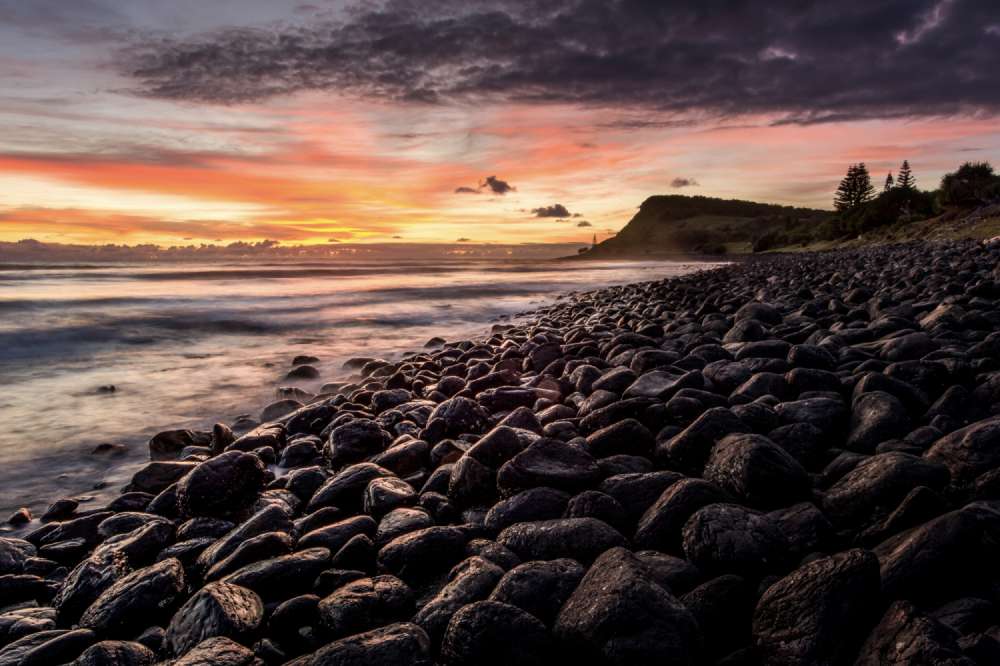Introduction
To succeed at any sort of photography, I think it’s important to learn and understand how cameras and light work together to create an image. It doesn’t matter what camera you use or what mode it’s on. It’s how you use it that matters.
There are three crucial camera settings that every photographer needs to understand. They are aperture, shutter speed and ISO. These are the very fundamentals of photography. Each individually affects the exposure (brightness) of an image in addition to having a creative effect.
I won’t go into too much detail because the technical aspects are actually quite complex. Instead, I’ll give a brief overview of the basics of each of these camera settings and the effect that each has on the final image. Ultimately that is all that really matters.
Aperture
Literally meaning “opening”, aperture simply refers to the size of the opening in a lens that light passes through. Naturally, a smaller opening allows less light through than a bigger opening.
In addition to affecting the exposure, aperture also has a creative effect on an image by changing depth of field (how much is in focus).
Large apertures (e.g. F2.8) have what’s called a shallow depth of field. This creates those nice out of focus backgrounds that everyone loves. This is often referred to as Bokeh.
Small apertures (e.g. F18) have a large depth of field which means that practically everything is in focus.
Shutter Speed
Shutter speed is just how much time the sensor is ‘recording’ the light.
A fast shutter speed (like 1/1000 sec) will freeze fast moving objects in the frame. On the other hand, a slow shutter speed (like 30secs) will introduce a significant amount of motion blur and a tripod becomes a necessity to avoid a completely blurry image.
ISO
ISO is the name given to the sensitivity of a camera’s sensor to light.
Digital cameras have the ability to electronically amplify the signal from the sensor. This artificially increases its sensitivity to light. The process of amplification also amplifies any errors in the original signal. These errors become visible in images at high ISOs (high amplification) as digital noise.
Low ISOs (like 100-400) produce very little noise in most modern cameras. At higher ISOs noise becomes more and more prevalent. For this reason low ISOs are generally desirable.
Stops
A stop is simply a doubling or halving of the amount of light. All that you need to understand is that 1-stop more is twice as much light and 1-stop less is half as much light.
A shutter speed of 1/500s increased by 1-stop becomes 1/250s.
An ISO of 100 increased by 1-stop becomes ISO200.
Aperture is more difficult to understand but the same principle applies. An aperture of F1.4 increased by 1-stop is F2. This appears incorrect at first glance but it’s just the way it works. The exact sequence of conventional aperture stops are as follows:
F-Stop 1 1.4 2 2.8 4 5.6 8 11 16 22
It’s not important to remember these numbers. It’s entirely unnecessary. All that you really need to understand is the effect aperture has on an image.
Exposure
To the photographer, exposure is everything and understanding it is critical to all photography. Exposure is, in simple terms the brightness of an image.
When choosing an exposure, a photographer will usually aim to produce a goldilocks image. This is an image that isn’t too bright or too dark. Of course what is considered a goldilocks exposure can be subjective as it is just one of the creative choices made by the photographer.
Exposure is controlled by the three camera settings mentioned before: aperture, shutter speed and ISO. A photographer has to balance these with each other in order to create an image with a goldilocks exposure.
Histograms
A histogram is a graphical way of showing the exposure of an image. A histogram is simply a bar graph. It is a brightness scale that shows how many pixels are at every brightness. The horizontal axis represents brightness and the vertical axis represents the number of pixels.
A histogram is a great way of quickly seeing how bright an image actually is. Theoretically, a Goldilocks exposure will have a perfect bell curve (like the above) for it’s histogram.
In reality a histogram will rarely look like a bell curve, nor should you try to make it look like one. The best thing you can do is try to have to bulk of the pixels in the middle of the histogram. This is demonstrated on the next page.
You can see that an underexposed image has a histogram that is bunched up on the left (the dark side) and an overexposed image has a histogram that is bunched up on the right (the bright side).
A Goldilocks exposure has a histogram where the bulk of the pixels are in the middle. It’s important to understand that every image’s Goldilocks exposure will have a different histogram. The example above is leaning a little to the left because of the dark blue ocean surrounding the island.
The Exposure Triangle
This is just the fancy name for how the three main camera settings work together. Aperture, shutter speed and ISO are all able to increase or decrease the exposure. If you increase one of them, you must decrease (at least) one of the others to maintain a Goldilocks exposure.
For example, let’s say that I set my camera at F5.6, 1/125s, ISO200 and that these settings happen to create a Goldilocks exposure. That’s great but now I want to get a bit more background blur so I open up my aperture to F2.8. The difference here is +2 stops (or 4x the amount of light). If I take a photo now, my image will be 2 stops overexposed.
That’s no good. To get my Goldilocks exposure again I have to decrease the amount of light by the 2 stops that I just added.
I could take the 2 stops from one of the others (e.g. change shutter speed to 1/500s) or I could take 1 stop from each of the others (e.g. change shutter speed to 1/250s and ISO to 100.)
As you can see there are many different ways to create a Goldilocks exposure. The tricky part is that each of these settings will creatively affect the final image which may or may not be desired. For instance, increasing ISO will amplify the brightness of an image but will increase the amount of noise.
The more you play around with these settings, the more you realise that it’s quite the balancing act. You’ll usually have to compromise on at least one of them. For instance, imagine trying to shoot at F22, 1/1000s, ISO100.
In almost all lighting situations, these settings will underexpose terribly. In this situation a photographer has to choose what is most important to them.
The EV Scale
On every DSLR there is a little graph that looks like this:
This is usually displayed in the viewfinder and on the LCD screen. This scale is incredibly useful because it tells you what the camera thinks is the Goldilocks exposure. This simple graph allows a complete novice to shoot in full manual.
It’s actually quite simple. The centre line marks the Goldilocks exposure. Everything on the right hand side of is overexposed and everything on the left hand side is underexposed.
Every EV scale is designed slightly differently but there will always be a mark on the graph that shows what the current exposure is. In the example above look for the orange line. If the mark isn’t there, try half pressing the shutter button.
In this example the camera is telling us it thinks we are underexposed by 1 stop. The camera is looking at all of the light that is coming in through the lens and guessing what the Goldilocks exposure will be.
If you change the aperture, shutter speed of ISO you’ll see the mark move along the graph. This is a quick way of working out what each setting does.
Choosing an Exposure
This technique has a couple of advantages, namely it’s easy, requires no knowledge and teaches you what each setting does. The only downside is that it is initially slow but as you get used to doing it more, you’ll start to guess your settings more accurately and as a result get faster and faster.
It works especially well if you use the EV scale in your technique.

